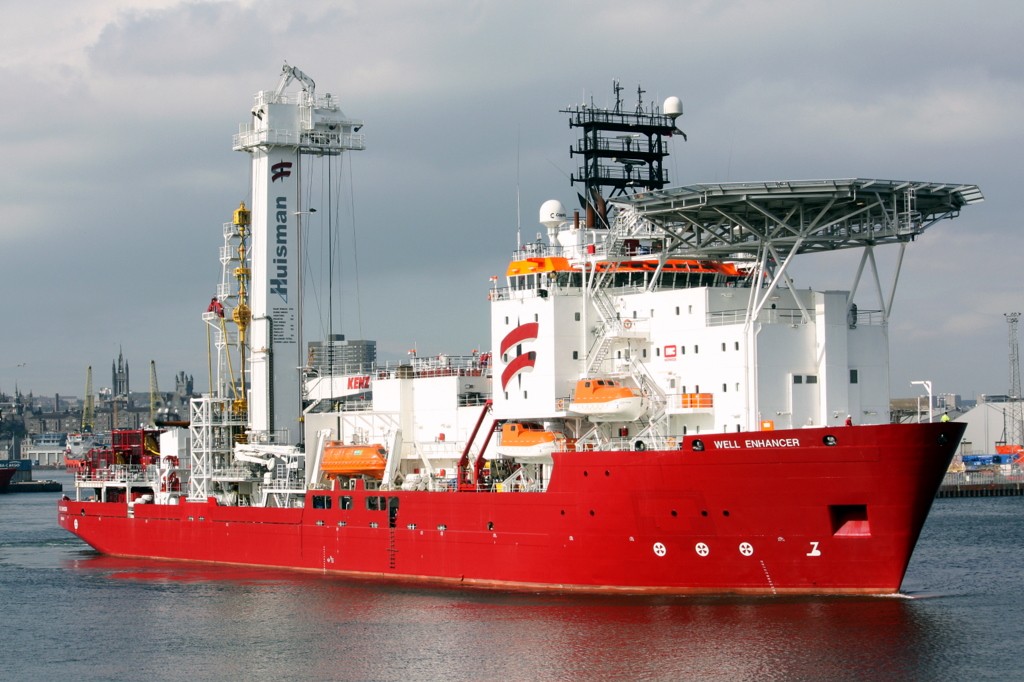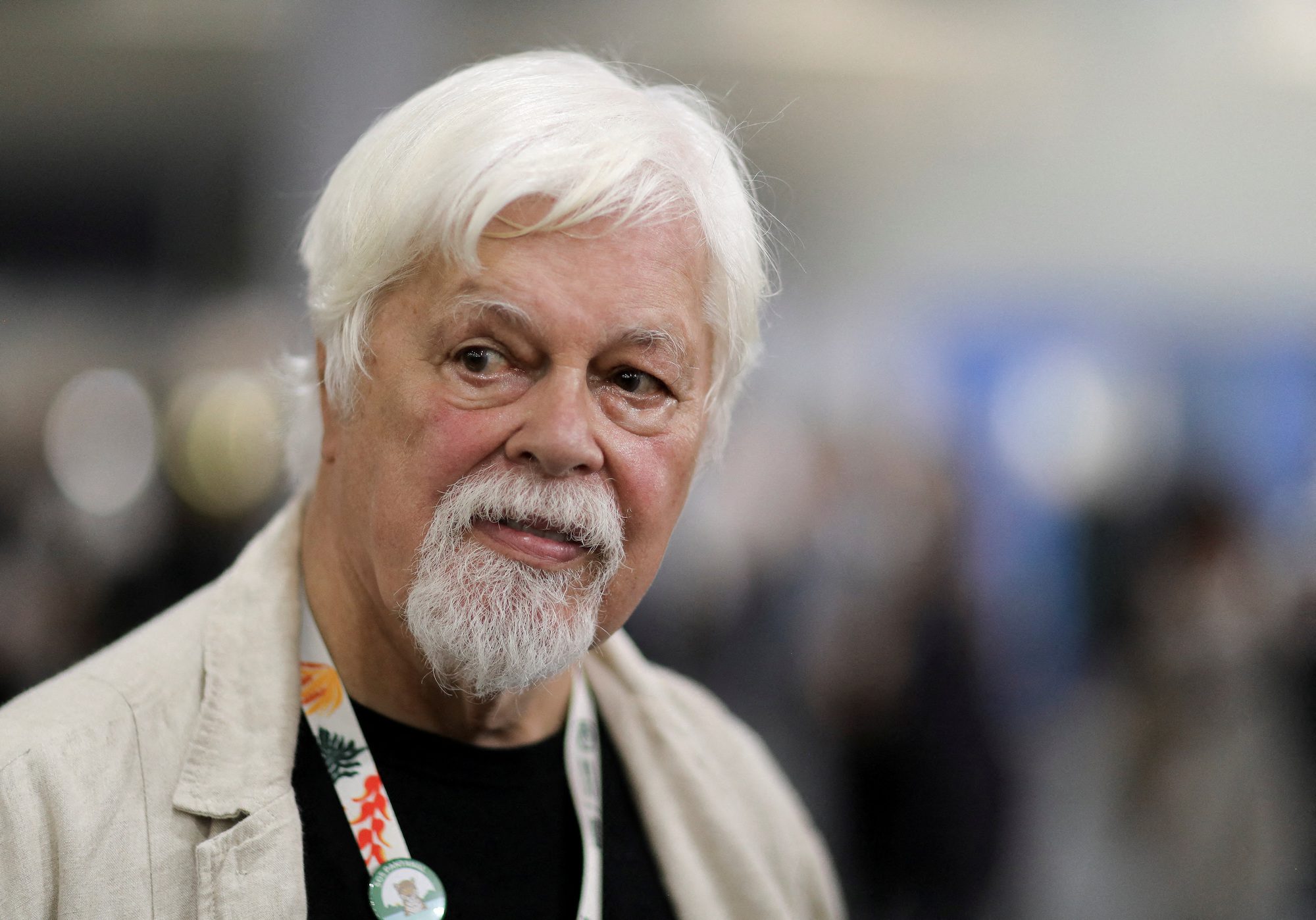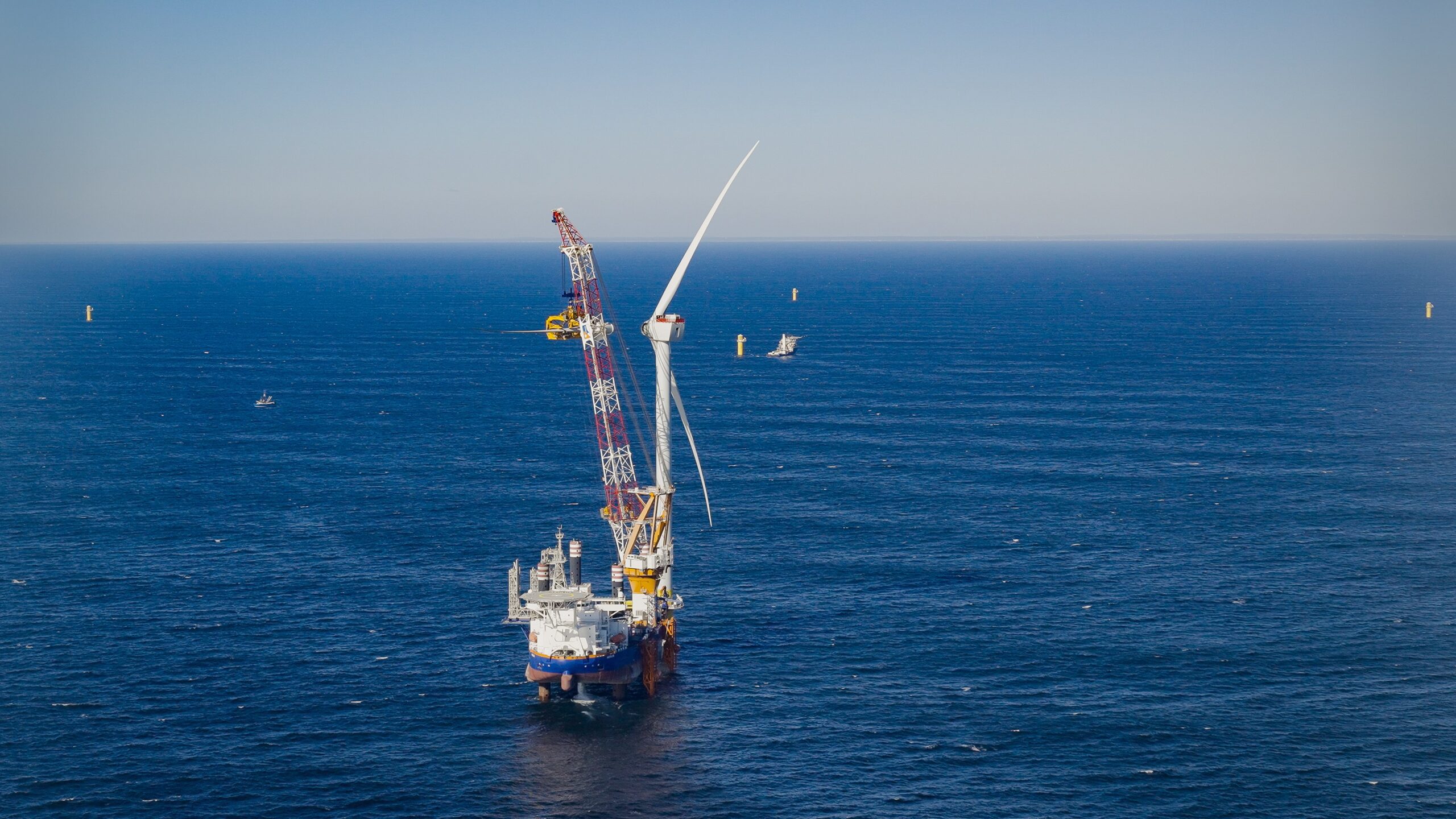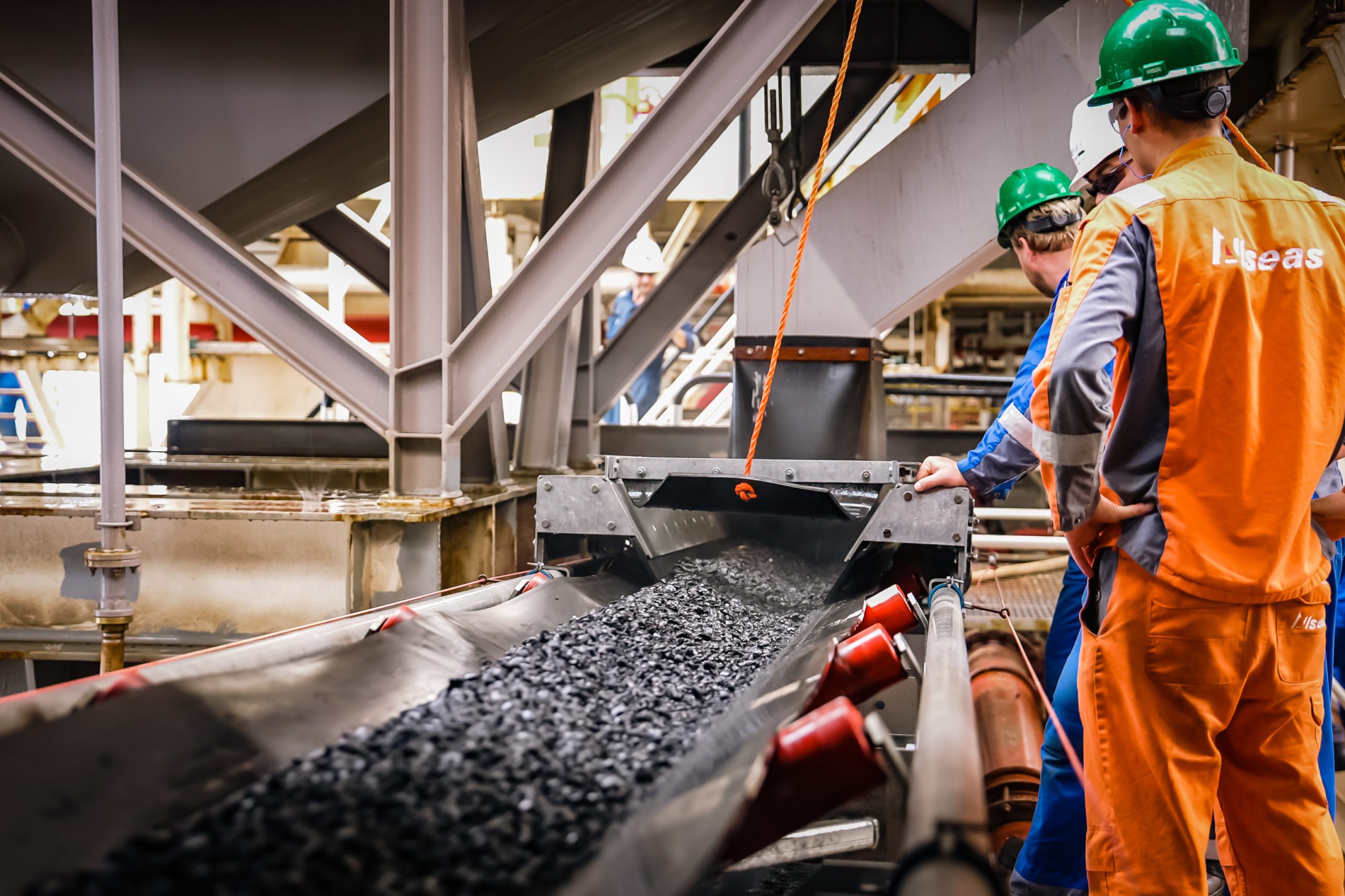By Trent Jacobs, Helix Energy Solutions
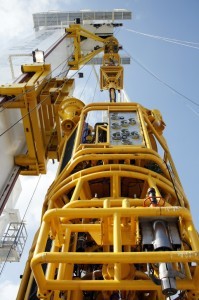 Currently there are more than 5,000 subsea wells scattered across the globe, with more being drilled every day. Many of those wells are already a decade old with many more not far behind. That’s why in the last several years the techniques offered through well intervention have become ever more necessary to keep up with rising global demand for oil and gas.\
Currently there are more than 5,000 subsea wells scattered across the globe, with more being drilled every day. Many of those wells are already a decade old with many more not far behind. That’s why in the last several years the techniques offered through well intervention have become ever more necessary to keep up with rising global demand for oil and gas.\
Well intervention holds the potential to extend the productive life of aging wells and repair damaged or underperforming wells. Well intervention can bring oil and gas companies substantially higher profits off otherwise non-economical wells. Helix ESG’s well intervention unit, Helix Well Ops, is the global leader in this specialized arena of offshore work and boasts some of the most advanced assets the industry has to offer.
But what exactly is well intervention?
Generally speaking, well intervention is any process that enhances the quality of the subsea well, provides data to help manage the production rate of the well or shuts off and safely abandons a flowing well.
One of the biggest challenges in subsea well intervention is keeping costs down. So rigorous and extensive preplanning is used to identify the best potential solutions while mitigating a multitude of known and unknown risks.
After assessing a particular well’s condition and selecting a proper treatment, which could involve a number of different procedures and contingency plans, a specific type of vessel is then selected to carry out the task. Most operations can be carried out using light and medium intervention vessels equipped with dynamic positioning like Helix ESG’s monohull vessels the Seawell and the Well Enhancer, but for heavy intervention work, like redrilling an under-producing well, an offshore drilling unit is needed.
Methods
Among all the various types of well intervention operations, through tubing is the most commonly applied. Through-tubing enables recompletion, stimulation or repair work to be done inside a flowing oil or gas production line for the entire length of the well.
This procedure is used to complete many different tasks including the removal of obstructions inside the well that may be blocking the flow of hydrocarbons, simply evaluating the well’s condition, stimulating the well chemically or repairing a damaged well casing. Each job requires a specific type of tool that can be delivered down inside the well itself and in light intervention procedures the systems used include coiled tubing, electric line (e-line), slickline and braided wireline.
Slickline is an unbraided wire used to deliver a wide array of specialized tools down into the well for maintenance and data collection. E-lines provide more flexibility for mechanical and electrical operations and can also send back real time logging data which means engineers don’t have to wait for the tool to be pulled back out of the well to learn of its condition.
E-lines can include the use of a braided line which is more complex than slickline and requires a special grease injection system to ensure there is enough pressure for the blowout preventer to seal around the wire as it goes down into the well.
Braided lines are stronger that slicklines and can be used to perforate wellbores with explosive charges or fish out logging and monitoring tools placed deep inside the well. Both slickline and e-line jobs can be completed without the use of a rigid riser that connects the subsea well head to a vessel floating on the surface.
Coiled tubing is by far the most effective and versatile tool for well intervention. Coiled tubing is a continuous string of tubing that can be rolled onto a spool and is used is often used to pump chemicals or gasses directly into the well to relieve blockage and increase flow. But coiled tubing is used for a wide variety of other tasks such as drilling, logging, cleaning, cementing,” fishing” out tools and well completion and production. In many cases coiled tubing requires a riser or a subsea tool known as an injector head that is placed on top of the well and can cut through the coil to shut off the flow of oil or gas if an unexpected problem arises. To perform these types of operations offshore,
Vessels
Well Ops has a world class fleet of three purpose built vessels and an arsenal of heavy well intervention equipment that can be mobilized for work in all of the world’s major offshore oil and gas fields.
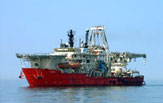 The mono-hull Seawell pioneered the light well intervention market with its inception over 20 years ago and continues to provide riser-less well intervention solutions in the North Sea. The Seawell is capable of conducting wireline and e-line operations and utilizes its diving capabilities for wells that can only be accessed by divers.
The mono-hull Seawell pioneered the light well intervention market with its inception over 20 years ago and continues to provide riser-less well intervention solutions in the North Sea. The Seawell is capable of conducting wireline and e-line operations and utilizes its diving capabilities for wells that can only be accessed by divers.
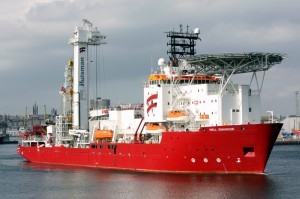 The cutting-edge Well Enhancer, launched in 2009 and also based in the North Sea, provides open water and riser based intervention services supported by diving and ROV capabilities.
The cutting-edge Well Enhancer, launched in 2009 and also based in the North Sea, provides open water and riser based intervention services supported by diving and ROV capabilities.
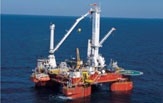 Well Ops flagship, the Q4000, is one of the world’s most unique multi-service vessels and entered into service in the Gulf of Mexico in 2002. As a highly cost-effective alternative to using a drilling rig, the Q4000 is capable of virtually every type of well intervention operation, including subsea oil spill containment, and is can work in water depths beyond 10,000 feet.
Well Ops flagship, the Q4000, is one of the world’s most unique multi-service vessels and entered into service in the Gulf of Mexico in 2002. As a highly cost-effective alternative to using a drilling rig, the Q4000 is capable of virtually every type of well intervention operation, including subsea oil spill containment, and is can work in water depths beyond 10,000 feet.
This story originally appeared on the Helix ESG website. Helix Energy Solutions Group provides life-of-field services and development solutions to offshore energy producers worldwide.

 Join The Club
Join The Club



